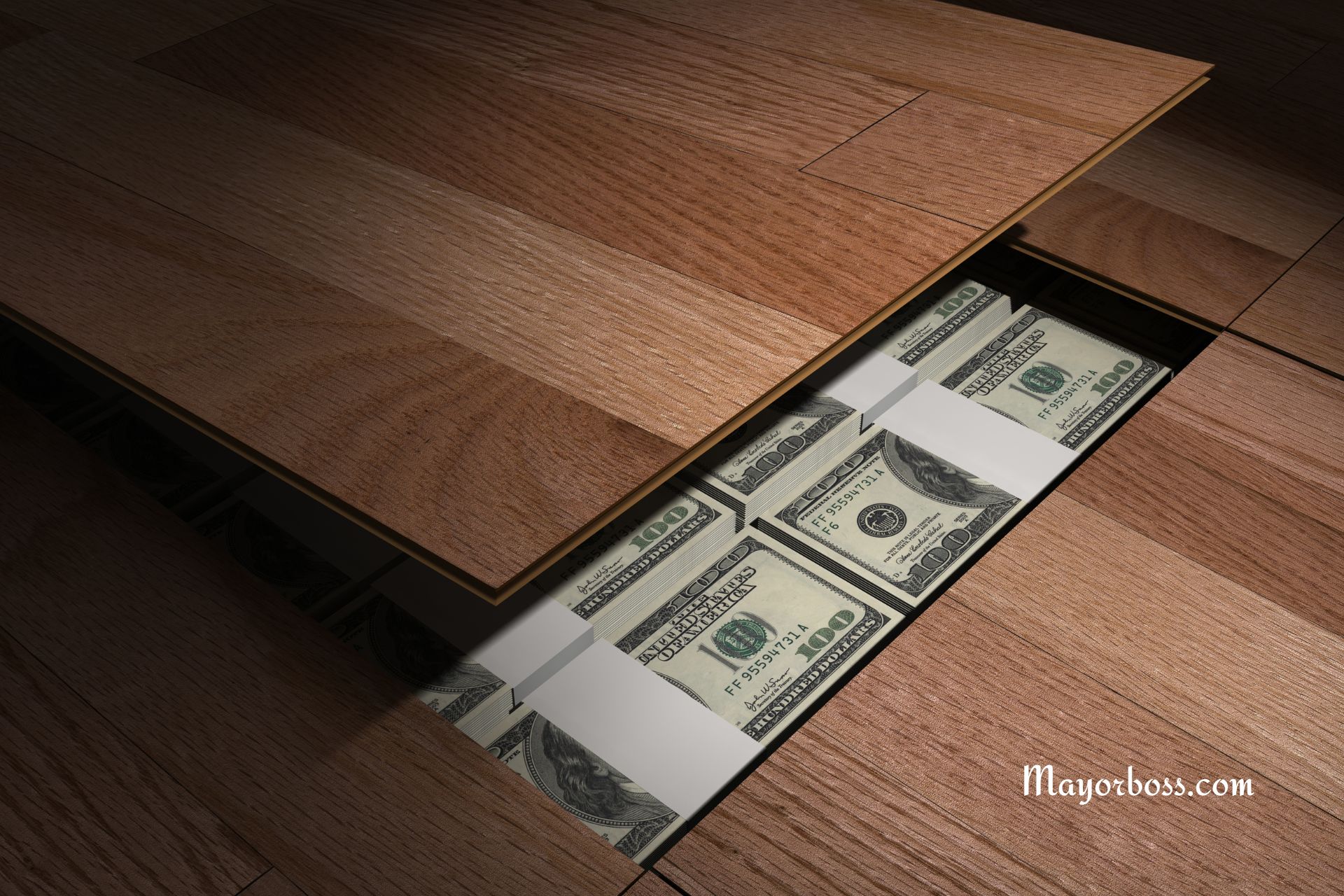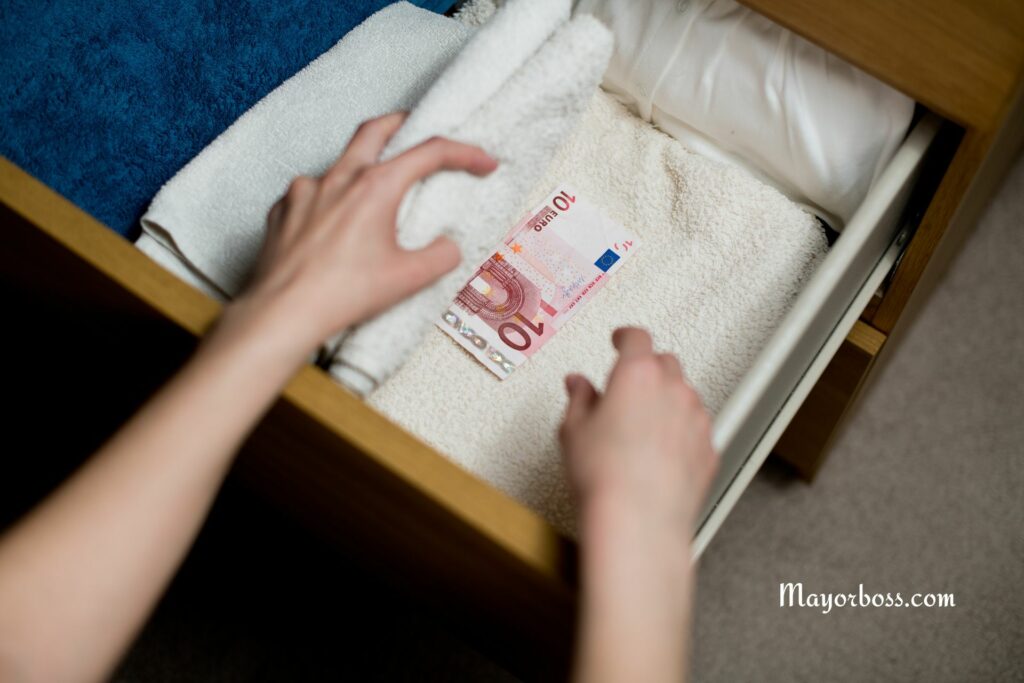The 15 Best Places to Hide a Safe (Thieves Will Never Think of These!)
When it comes to safeguarding your valuables, choosing the right location for your safe can be as crucial as the safe itself. Thieves often race against time, targeting the most obvious places first. Therefore, outsmarting them requires creativity and thinking outside the box. Here are 15 ingenious places to hide a safe in your home that could deter thieves effectively.
Under the Floorboards
If you have wooden floors, a section could be modified to lift up, providing a hidden cavity for a safe. This spot is especially effective as it’s rarely searched thoroughly.

Behind a False Wall Outlet
One brilliant method is installing a small safe behind a false electrical outlet. Thieves are unlikely to unscrew every outlet looking for hidden treasures. This spot is perfect for hiding small valuables like jewelry or cash.
Inside a Vent
Similar to the false outlet, a vent can serve as an excellent hiding spot. You can use an actual air vent or install a fake one. Ensure it’s securely fastened to avoid suspicion.
Within a Bookshelf
Consider modifying a bookshelf to create a hidden compartment for your safe. This could involve a false back panel or a bookcase that swings open to reveal the safe.

In the Attic, Under Insulation
Burying a safe under attic insulation adds an extra layer of disguise. Thieves would have to be willing to sift through it, which is time-consuming and messy.
Behind a Removable Stair Tread
For homes with wooden staircases, one of the treads could be engineered to lift up, revealing a space for a safe. It’s a location thieves wouldn’t think of investigating.
Within a Custom Closet Drawer
A drawer in your closet can be built to contain a hidden compartment. At a glance, it looks like any ordinary drawer, effectively camouflaging the safe.

Behind Fake Plumbing Pipes
In a basement or utility room, fake plumbing pipes can be installed against a wall, with a safe hidden behind them. It’s a clever ruse that’s not likely to be detected.
Inside a Potted Plant
For smaller safes, consider placing them inside a large potted plant. The pot would need to be sizable, and you’d have to ensure the safe is well protected from moisture.
Underneath Kitchen Cabinets
The kickplate beneath kitchen cabinets can be modified to conceal a safe. This area is often overlooked, making it a smart hiding spot.
In a Custom-Built Furniture Piece
Furniture with built-in hidden compartments can be a stylish and functional way to hide a safe. Think of ottomans, chairs, or even beds designed with this in mind.

Behind a Detachable Panel in the Shower
A waterproof safe can be installed behind a detachable panel in the shower area. This unconventional spot could throw thieves off the scent.
In the Garage, Inside a Container Labeled as Common Goods
An old paint can, or a box marked with mundane labels in the garage can be a decoy for hiding a safe. Thieves scanning quickly may dismiss these as irrelevant.
Hidden in a Wall Behind a Fold-Down Picture
A fold-down picture or mirror can serve as a cover for a wall-recessed safe. This method combines aesthetic appeal with practical security.
Buried in the Garden
For the ultimate disguise, consider waterproof safes that can be buried in your garden. Mark the spot discreetly to ensure you can find it again.
Frequently Asked Questions
1. How do I ensure the hidden safe remains accessible to me but not to thieves?
The key is to integrate the safe into your daily environment in a way that doesn’t attract attention. Regularly use the safe so you remember how to access it, but keep its presence discreet.
2. Can these hidden spots protect my valuables from fire or water damage?
Some of the mentioned hiding places offer protection from theft but not from natural disasters. Consider the type of safe you’re using and its resistance to fire and water when choosing a hiding spot.
3. Is it expensive to create these hidden safe spots?
The cost can vary depending on the complexity of the installation. Simple solutions like false outlets or vent safes are relatively inexpensive, while custom-built furniture or structural modifications can cost more. Always weigh the value of the items you’re protecting against the cost of securing them.
